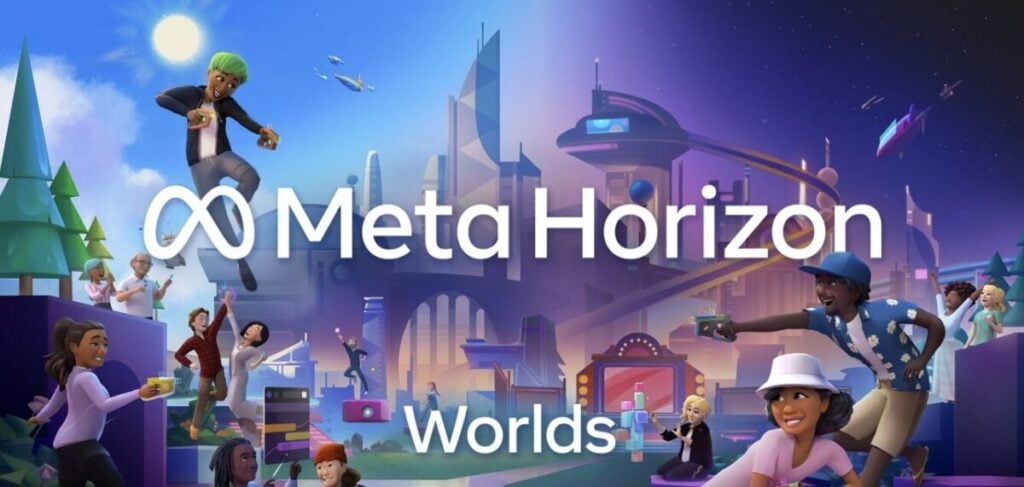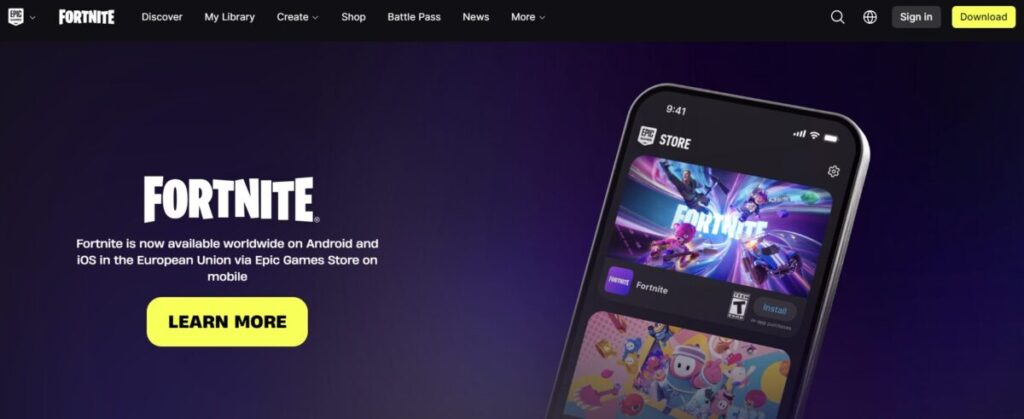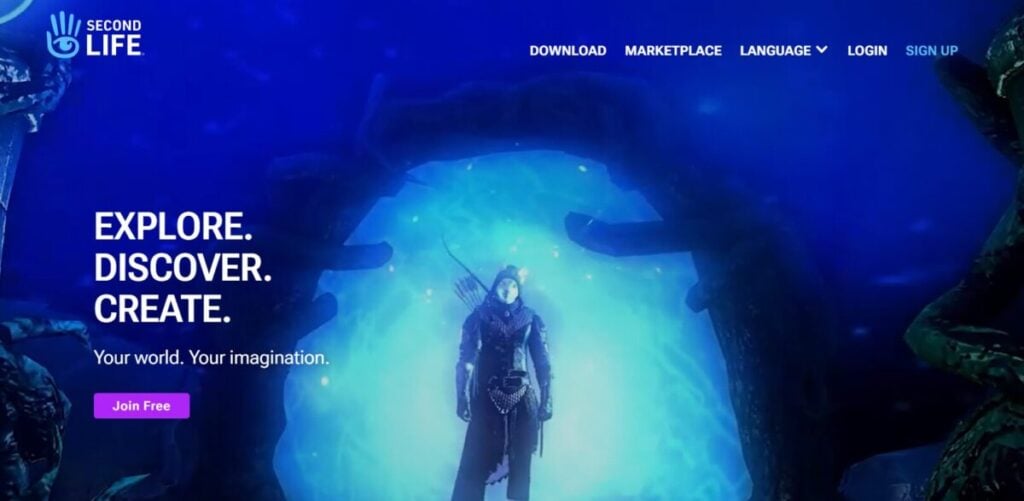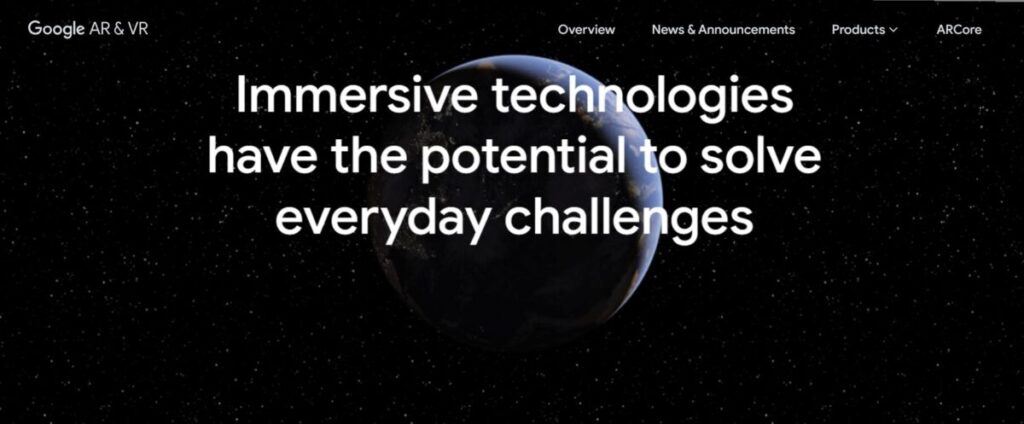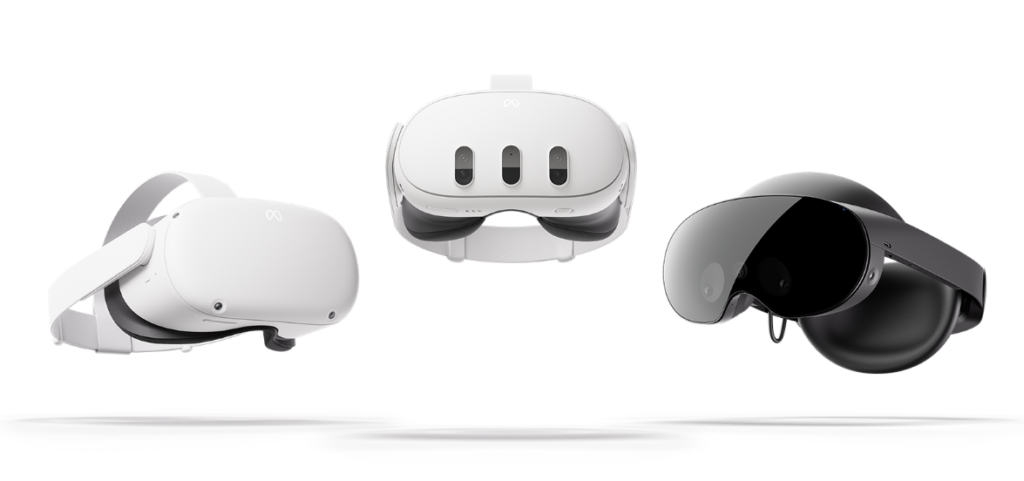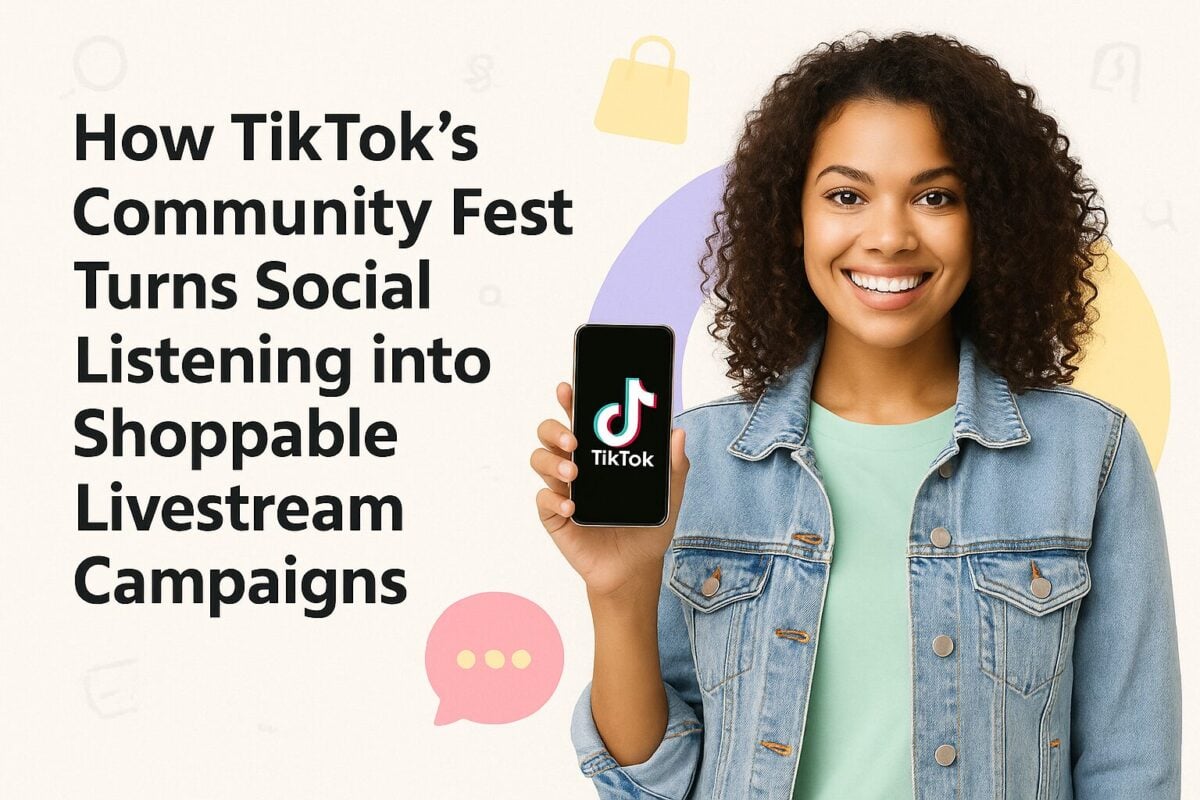The term “metaverse” has been thrown around quite a lot these past few years, especially with Facebook announcing its rebranding to Meta. Meta is dubbed as a social technology company that aims
“to bring the metaverse to life”.
This piqued the interest of many in the metaverse.
The term and concept itself isn’t new. In fact, ideas of the metaverse and examples of it have been around for a couple of decades. The term “metaverse” was coined by Neal Stephenson in his 1992 novel Snow Crash, where the characters use digital avatars to explore a digital world or interact with each other and escape their dystopian reality.
The idea of the digital twin, or a virtual counterpart of something that exists in real life, was first shared in 1991 by David Gelernter in his book Mirror Worlds. The digital twin concept was initially applied to manufacturing in 2002 by Dr. Michael Grieves, who is also credited with being the originator of the digital twin software concept. NASA used digital twin technology in 2010 to run simulations of space capsules.
It looks like the metaverse is upon us, but what is it and what impact can it potentially have in our daily lives?
To gain a deeper understanding of the metaverse, how it works, and where it’s potentially headed, here are some examples that paint a clearer picture of the metaverse.
What is the Metaverse? A Brief Explanation
The exact definition of the metaverse can be hard to pin down.
Loosely defined, the metaverse is a virtual universe where users have access to digital avatars that let them “live” in this digital world. In the metaverse, people can connect with friends, buy and trade digital assets, take virtual trips to digital locations (which may be wholly imagined or may have real-life counterparts), and more.
The metaverse promises a world of endless possibilities, and like Ready Player One’s OASIS, worlds that are only limited by the user’s imagination.
To be a bit more technical about it, the metaverse is a virtual world that goes beyond or acts as an extension of our physical world. It’s made up of interoperable technologies such as virtual reality and augmented reality, and it runs on a functional digital economy that can be powered by digital currencies or cryptocurrencies—and yes, digital currencies are different from crypto.
Moreover, there’s no one, definite metaverse. The metaverse can have a ton of iterations. For example, you can access a metaverse if you’re playing Fortnite. You can also access a different metaverse if you’re using Facebook Horizon. However, the metaverse is posed to be interoperable, which means that you can eventually access your assets collected from one platform and use it on another.
The metaverse is a virtual universe where users interact through digital avatars, engaging in activities like socializing, trading digital assets, and exploring virtual worlds. It's an extension of our physical world, powered by technologies like VR, AR, and digital economies. The metaverse isn't a single entity but a collection of interoperable platforms, offering endless possibilities limited only by imagination.
Metaverse Examples that Help Explain the Metaverse
The concept of the metaverse and the possibilities that it can bring are simply mind-blowing. To better illustrate this alternate reality, here are some real-world examples that give us a glimpse of the metaverse and where it’s headed.
The Metaverse in Pop Culture
1. Ready Player One
When we talk about the metaverse, Ready Player One is almost always cited as an example. However, there’s a good reason for this. Ernest Cline’s 2011 science fiction novel paints a compelling picture of what the metaverse could potentially look like and how it would work.
In the novel, which is set in 2045, people find an escape from a world ravaged by war, poverty, and climate change by turning to the OASIS, a massively multiplayer online simulation game (MMOSG) complete with its own virtual world (and currency), where they can engage with other players, visit different locations, play games, and even shop. The OASIS is a place where anything can happen—“reality” is only limited by people’s imagination and anyone can be whoever they want to be.
If that’s a lot to take in, check out the 2018 Steven Spielberg movie adaption, as it gives a good glimpse of the book’s metaverse.
In the real world, Meta is well on its way to create its own version of the OASIS called Meta Horizon. Users can access this virtual world through the Oculus Rift or the Oculus Quest 2 headgear. While in this expansive digital world, users can explore, play, create, and interact with other players.
2. Fortnite Concerts
What started out as a game has quickly become something else—something richer and able to offer more diverse experiences.
In Fortnite, players can create their own worlds and go on adventures. They can crossplay with other players in the Fortnite community. The game’s crossplay feature lets players access the game across different platforms, such as the Xbox, PC, Playstation, and mobile phones.
More than being a game, Fortnite has become a virtual venue where people can hang out and attend in-game concerts. Some of the featured artists included Travis Scott, Ariana Grande, and Marshmello. Epic Games, Fortnite’s developer, ups the ante by releasing the Soundwave Series, which features music from artists around the world. The Series lets players access interactive experiences in-game.
Games and Social Networks in the Metaverse
1. Second Life
While not exactly a game, Second Life is an online world that lets users create digital avatars to explore the world, interact with other users, and even trade goods and services using the Linden Dollar, it's in-world currency.
Second Life is like an earlier version of the metaverse, where users can interact with others and with the digital world itself in a shared virtual space. It has been around since the late 2000s and enables users to discover the possibilities that the metaverse brings.
2. The Sandbox
The Sandbox is a virtual metaverse that lets users play in and build virtual worlds. It also enables them to own and monetize their in-game experiences. In The Sandbox metaverse, you can buy and sell lands and assets with non-fungible tokens or NFTs.
NFTs are essentially virtual tokens that are minted on the blockchain. This makes them unique, indivisible, and non-interchangeable, allowing you to have true digital ownership of your in-game assets.
This highlights the growing popularity of using digital currencies in the metaverse. In a digital world, how we view, use, and define money will go beyond its current limitations.
3. Illuvium
Illuvium is pegged as an open-world roleplaying game that is rooted to the Ethereum Blockchain. Here, players hunt and capture Illuvials, which are deity-like creatures that you can store on Shards. In Illuvium, players are basically collecting NFTs, which represent each Illuvial. You’ll also have the opportunity to collect in-game items that you can trade on external NFT marketplaces.
Augmented Reality (AR)
Augmented reality (AR) is a technological development that combines real-world elements with overlaid digital augmentations. For example, you’re in the real world but you can see a dragon perching on your neighbor’s car when using AR.
It’s already widely used in games and navigation. One of the most popular applications for AR technology is Pokémon Go, which lets players search, fight against, and capture Pokémon that “appear” in the real world using their phone’s camera.
Aside from gaming applications, AR is also used in navigation systems. Google’s AR and VR lets users explore the real world more using AR and VR technology.
This real-world application is set to create a more immersive experience for users, helping them make the most out of their smart devices. For example, if you use the Live View on Google Maps, you’re able to navigate an area better because directions are overlaid on top of your Google Street View images.
Another application is being able to use AR in Google Search. This lets you place 3D objects in your own space, allowing you to gain a better idea of an object’s scale.
Other applications of AR in the real world include:
- Being used in football games to illustrate plays
- Giving you an idea of what a piece of furniture could look like in your space
- Bringing to life to historical sites by overlaying views of ancient civilizations over ruins
Meta, formerly known as Facebook, is heavily invested in the development of the metaverse, a concept that integrates AR with a broader virtual universe where digital and physical realities converge.
Meta's vision for the metaverse includes creating immersive virtual environments where users can interact, work, play, and connect in ways that blend seamlessly with the real world. Their approach emphasizes the role of AR in enhancing these experiences, allowing users to overlay digital objects and interactions onto their physical surroundings. As Meta continues to develop its metaverse, AR is poised to become a fundamental technology that bridges the gap between our digital and physical worlds.
Metaverse Real Estate
We can’t talk about the metaverse without covering applications in real estate. Like in the real world, people are buying and selling properties in digital portals. However, they’re trading using cryptocurrency.
While real estate in the metaverse is still seen by some as speculative, many technologists believe that the metaverse will develop into a fully functioning economy.
The increasing popularity of virtual real estate has led to significant interest and investment, with digital assets in various virtual worlds being traded at high values. In platforms like Decentraland and The Sandbox, virtual land transactions have reached substantial amounts, reflecting growing confidence in the potential of the metaverse. As more companies and individuals invest in these digital properties, the concept of virtual real estate is evolving into a serious market with vast opportunities.
The surging popularity of the metaverse has prompted many companies to venture into creating their own digital worlds and with them, their own digital properties. One such company is the Metaverse Group, which operates Decentraland, a virtual world that’s owned by its users. Similar to other iterations of virtual worlds, here, users are free to explore lands owned by other users, create artworks and challenges, participate in events to win prizes, and trade digital assets using mana, Decentraland’s own type of cryptocurrency.
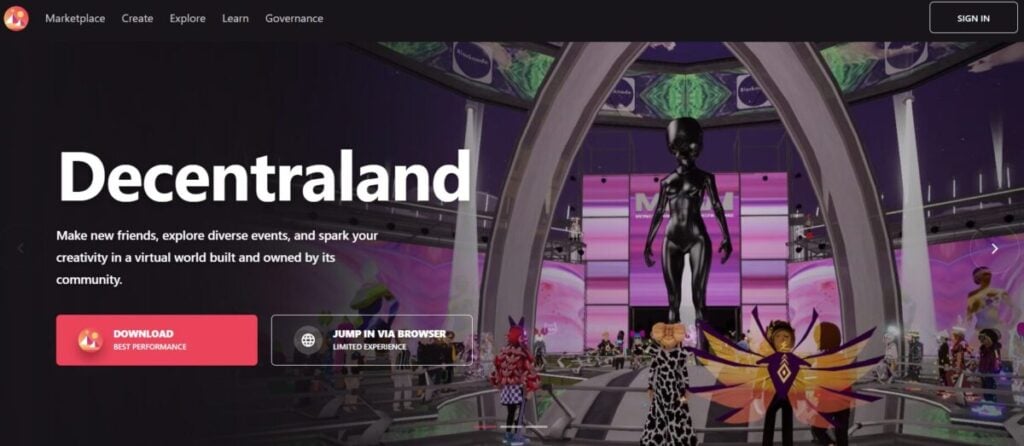
Source: decentraland.org
Another prime example of real estate in the metaverse is SuperWorld, a virtual world where you can buy, sell, and collect plots of virtual land. To date, it has 64.8 billion unique plots of virtual land, including Mount Rushmore (selling for 0.1 ETH), the Taj Mahal (selling for 50 EHT), and the Eiffel Tower (selling for 100 ETH).
Users who have purchased a plot of virtual real estate not only own unique digital assets but also become platform stakeholders who’re able to share revenue from user activity conducted on virtual land.
What the Metaverse Could Spell Out for Our Future
The metaverse is slowly becoming a reality. It has made its way into different aspects of our daily lives, from metaverse games and movies to real-world applications for navigation. While the metaverse itself can be hard to define and it’s still in the relatively early stages of development, what we can say for now is it is indeed full of potential. Now, the question is what else will the metaverse have in store for us in the future?
Frequently Asked Questions
What is the metaverse and how does it function in real life?
The metaverse is a collective virtual space that combines aspects of augmented reality (AR), virtual reality (VR), and the internet. It allows users to interact with each other and digital environments through avatars. In real life, the metaverse facilitates various activities such as socializing, gaming, shopping, and attending events, creating immersive experiences that blend digital and physical interactions.
How is real estate defined in the metaverse?
Metaverse real estate refers to virtual parcels of land or properties that users can buy, sell, or develop within various metaverse platforms. These digital assets are often represented as non-fungible tokens (NFTs) on blockchain technology, allowing for secure ownership and transaction processes. Users can create unique environments, host events, or establish virtual businesses within these spaces.
What are the potential benefits of investing in metaverse real estate?
Investing in metaverse real estate offers several advantages, including the opportunity to capitalize on the growing digital economy, create unique virtual experiences, and engage with new audiences. As interest in the metaverse expands, the value of virtual properties is expected to rise, making it an attractive option for forward-thinking investors and businesses.
What challenges exist in the metaverse real estate market?
Challenges in the metaverse real estate market include market volatility, the potential for platforms to become obsolete, and regulatory uncertainties. Investors must navigate these risks carefully, as the value of virtual properties can fluctuate significantly, and the long-term viability of specific metaverse platforms is still evolving.


